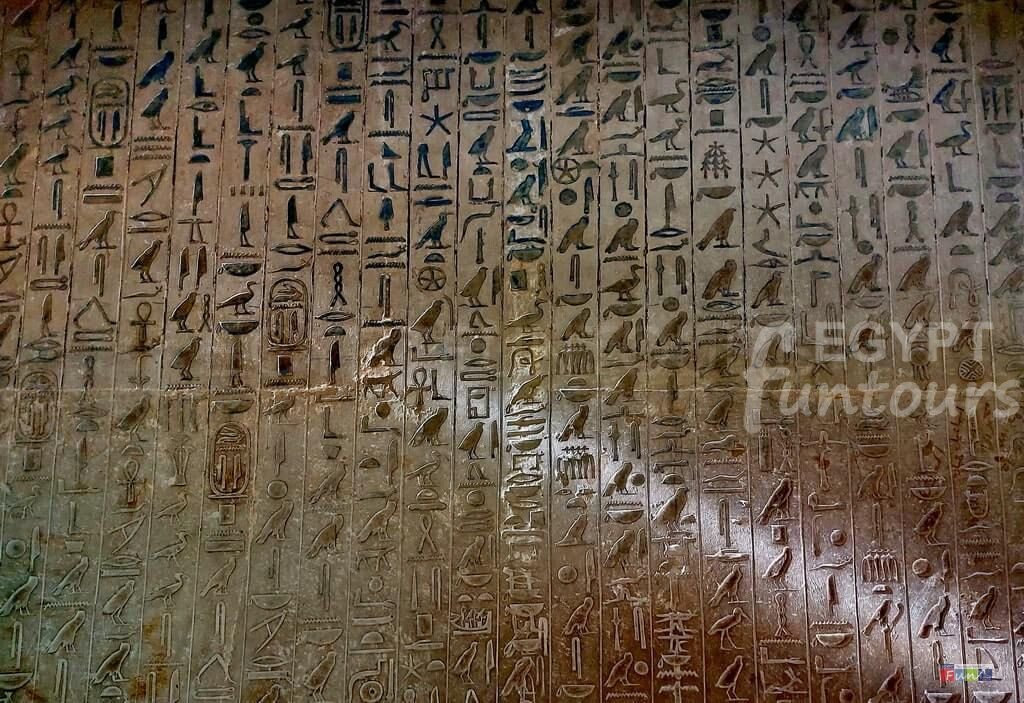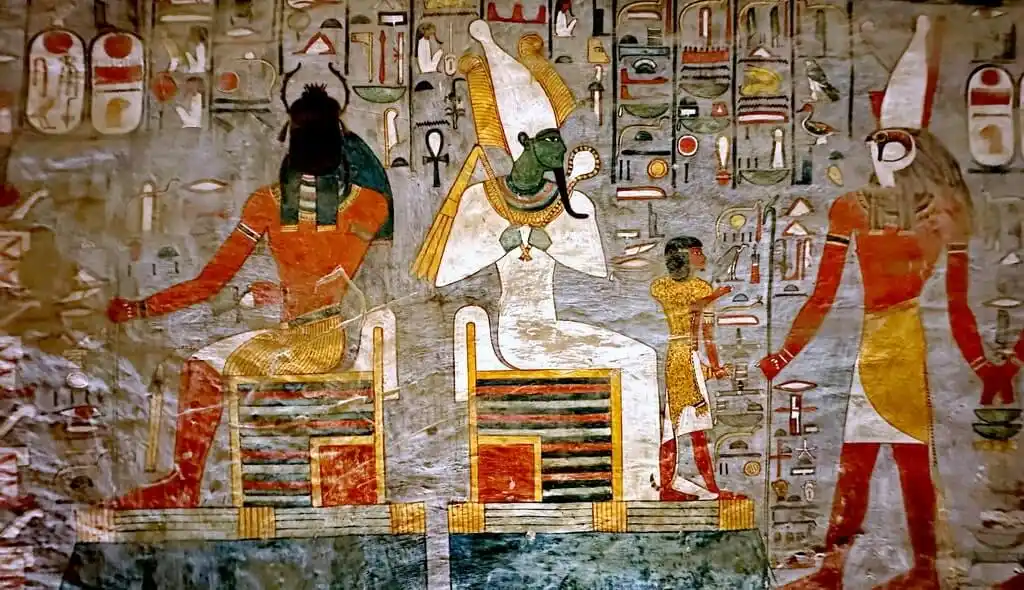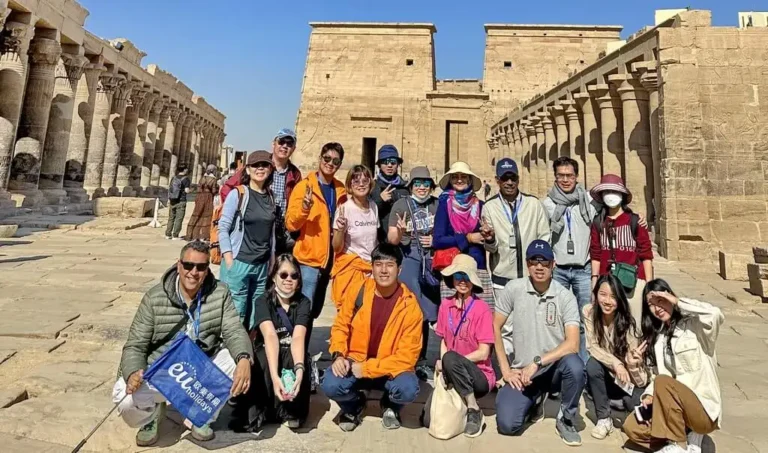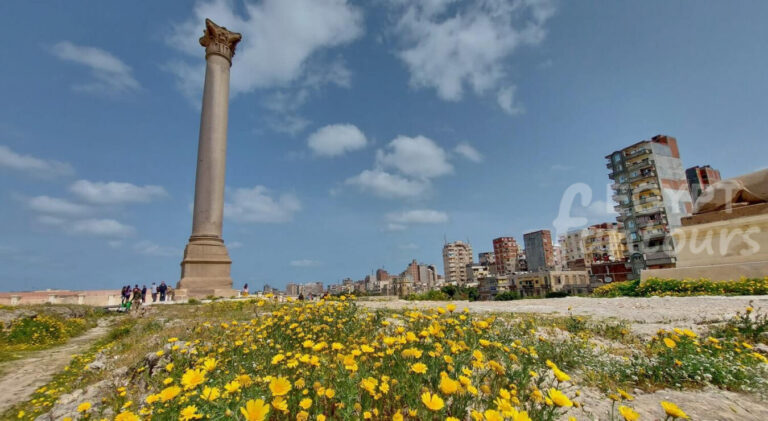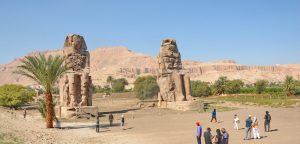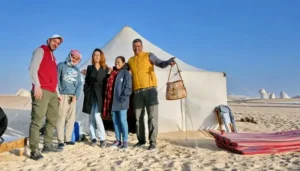The Ancient Egyptian Book of the Dead
The ancient Egyptians documented every aspect of their lives on their temple and tomb walls. They left us the ancient Egyptian Book of the Dead, which details the afterlife.
Ancient Egyptians believed life had two parts: the first life, which was limited, and the afterlife, which was limitless. We have discovered that most of the scenes and details from the first life are in non-royal tombs. However, most scenes from the afterlife are in the king’s tombs. The temples’ walls show mixed scenes.

